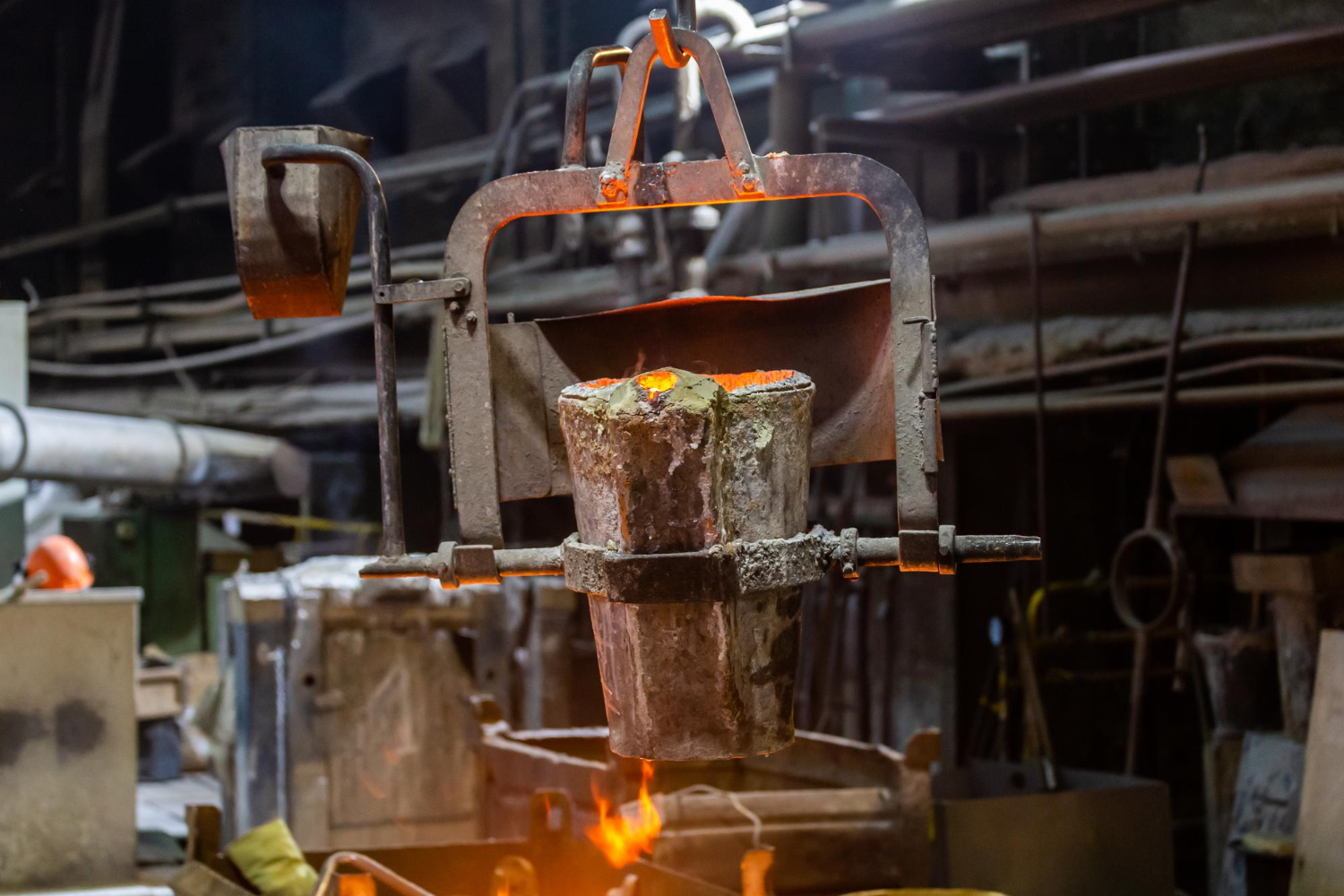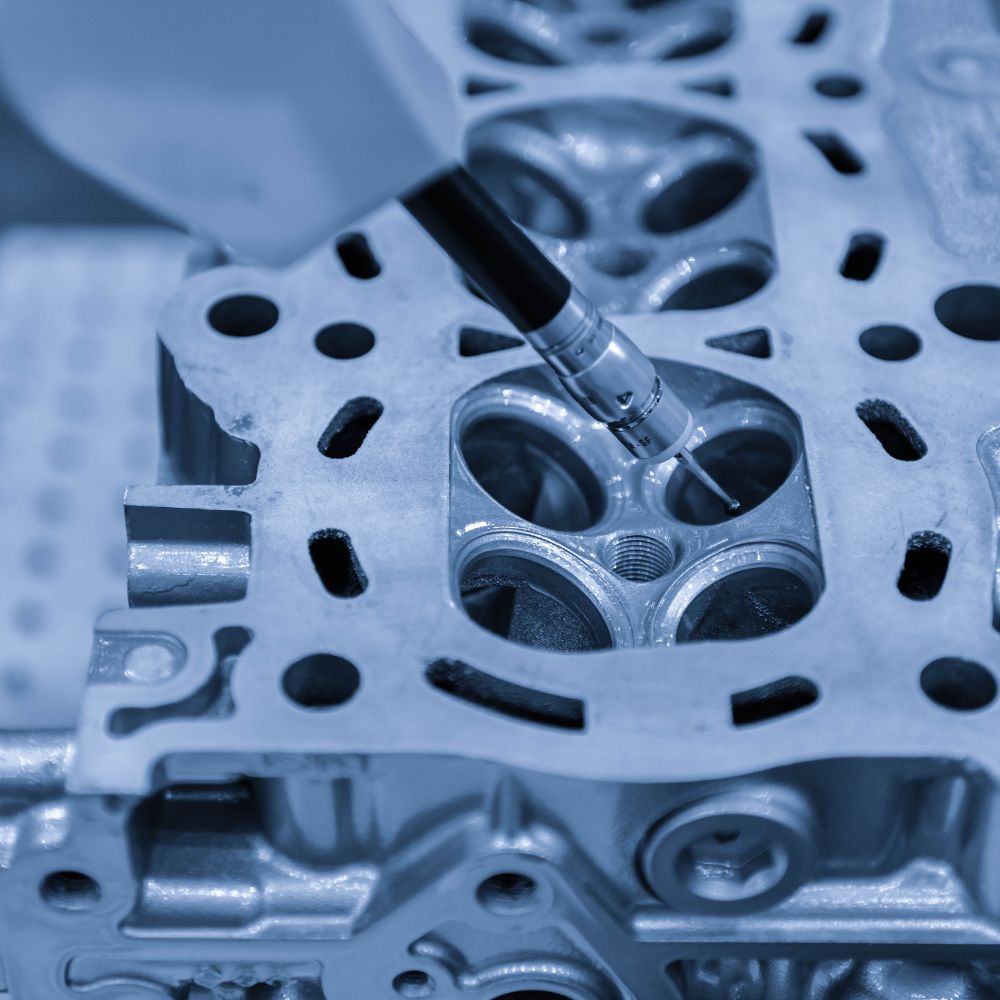Things about Aluminum Castings Company
The Only Guide to Aluminum Castings Company
Table of ContentsAluminum Castings Company Things To Know Before You Get ThisSome Ideas on Aluminum Castings Company You Need To Know10 Easy Facts About Aluminum Castings Company Explained4 Easy Facts About Aluminum Castings Company ShownAll About Aluminum Castings Company4 Simple Techniques For Aluminum Castings CompanyUnknown Facts About Aluminum Castings CompanyWhat Does Aluminum Castings Company Mean?
There are 2 main sorts of die spreading used in the light weight aluminum casting market: warm chamber die casting and cool chamber die spreading. The main difference between these approaches is exactly how the molten steel is provided to the mold and mildew. In hot chamber pass away casting, commonly utilized for reduced melting point steels, the melting pot is directly linked to the machine, and a plunger compels the material via a gooseneck into the die tooth cavity.
The Facts About Aluminum Castings Company Uncovered
In these techniques, the mold is intentionally destroyed or damaged away in order to draw out the completed aluminum spreading. Typical processes under the category of expendable mold and mildew casting include (financial investment casting),,, and investment spreading. When producing customized aluminum parts utilizing expendable molds, manufacturers put liquified aluminum or aluminum alloys into the mold, which is after that damaged apart to release the strengthened metal component.
The is among the oldest and most commonly used types of aluminum casting. It entails compacting specialty shop sand, commonly strengthened with clay or material, around a specifically crafted recyclable pattern that determines the shape and inner details of the ended up aluminum product. The pattern system integrates risers and vents to take care of the flow of molten steel and to stop casting defects such as shrinking porosity.
Aluminum Castings Company Fundamentals Explained

This mold and mildew is after that preheated before the putting of molten light weight aluminum or aluminum alloy. As the steel fills the covering, it captures the elaborate information and great surface area finish of the mold. Aluminum Castings When cooled, the ceramic is mechanically or chemically escaped, permitting for the removal and separation of specific actors parts.
A Biased View of Aluminum Castings Company
Permanent mold casting utilizes recyclable steel mold and mildews and is excellent for mass manufacturing with regular quality and much less waste. Expendable mold and mildew spreading uses single-use mold and mildews, like sand or foam, supplying style versatility and reduced tooling expenses for prototypes or short runs. Die casting is best for generating high volumes of light weight aluminum components that need tight tolerances, great information, and smooth surface areas.
The Toshiba Maker DC-J Series consists of die casting equipments appropriate for light weight aluminum. Understood for their durable building and high shot performance, these equipments ensure effective and accurate casting (Aluminum Castings).

While light weight aluminum can be made use of in its pure form, it is commonly alloyed with various other metals to improve its buildings or the homes of the various other metals. These alloys supply boosted performance for various applications. Aluminum alloys are categorized into eight series, phoned number from one to 8. The initial figure(s) of the number indicate the primary alloying element integrated with light weight aluminum.
Aluminum Castings Company Can Be Fun For Anyone
This alloying boosts the stamina and hardness of light weight aluminum but lowers its ductility and rust resistance. The 3000 collection alloys are mostly alloyed with manganese.
The 4000 collection alloys are alloyed with silicon, which reduces the melting factor and enhances fluidness. This makes it a popular option for spreading, as it is very easy to form in its liquified state.
Aluminum Castings Company - An Overview
This series is categorized as a high-strength alloy, specifically suited for sheet and plate applications due to its exceptional weldability. Its resistance to deterioration from acids and antacid makes it perfect for usage in harsh and hostile atmospheres (Aluminum Castings). The 6000 collection alloys are alloyed with both magnesium and silicon, giving a balance of stamina, mechanical buildings, and rust resistance
Processing the 6000 series requires specialized and advanced equipment, which can be complex and costly. This series is understood for its outstanding rust and oxidation resistance, as well as its simplicity of finishing, treatment, and workability. The 7000 series aluminum alloys are the strongest and most durable amongst light weight aluminum types, with stamina comparable to about two-thirds of industrial-grade A3 steel.
8 Easy Facts About Aluminum Castings Company Described
Zinc is the primary alloying component in the 7000 series, boosting the firmness of the aluminum, also though zinc's hardness resembles that of aluminum on the Mohs scale. The 8000 collection aluminum alloys are mostly alloyed with tin, along with percentages of copper and nickel (Sand Mold). While these alloys supply lower stamina compared to other collection, they master machinability and wear resistance
Light weight aluminum cast heatsinks are electrically conductive, allowing them to be grounded successfully. They are frequently cast with integrated attributes that minimize the requirement for second procedures, such as extra machining or assembly, causing more expense savings. Light weight aluminum spreading is regularly made use of to manufacture braces for both heavy-duty industrial tools and household home appliances.
Getting My Aluminum Castings Company To Work
The single-piece building of aluminum braces boosts their stamina and sturdiness, lowering the likelihood of failure. If holes are needed, they can be included straight in the casting mold and mildew, reducing the need for post-production completing (https://zenwriting.net/alumnmcstngs/doctype-html). Producers have actually increasingly adopted aluminum spreading for golf tools because of its toughness, stability, and flexibility in shaping